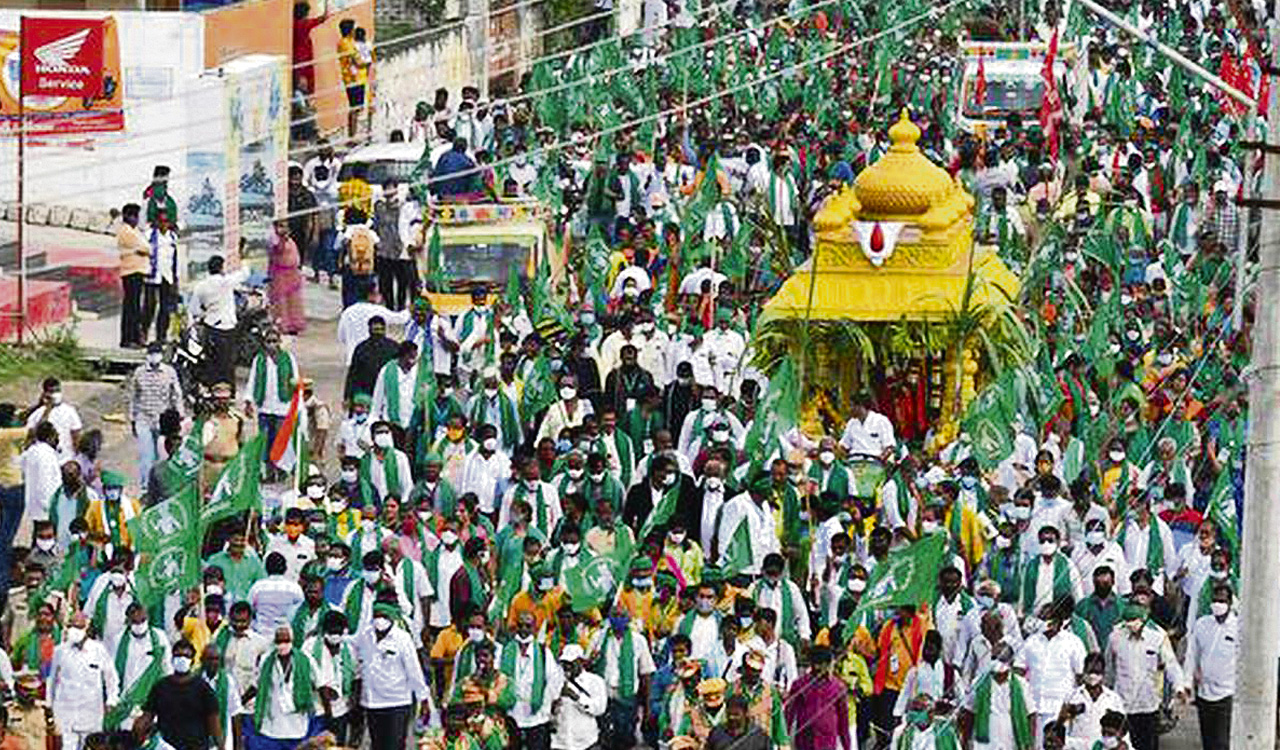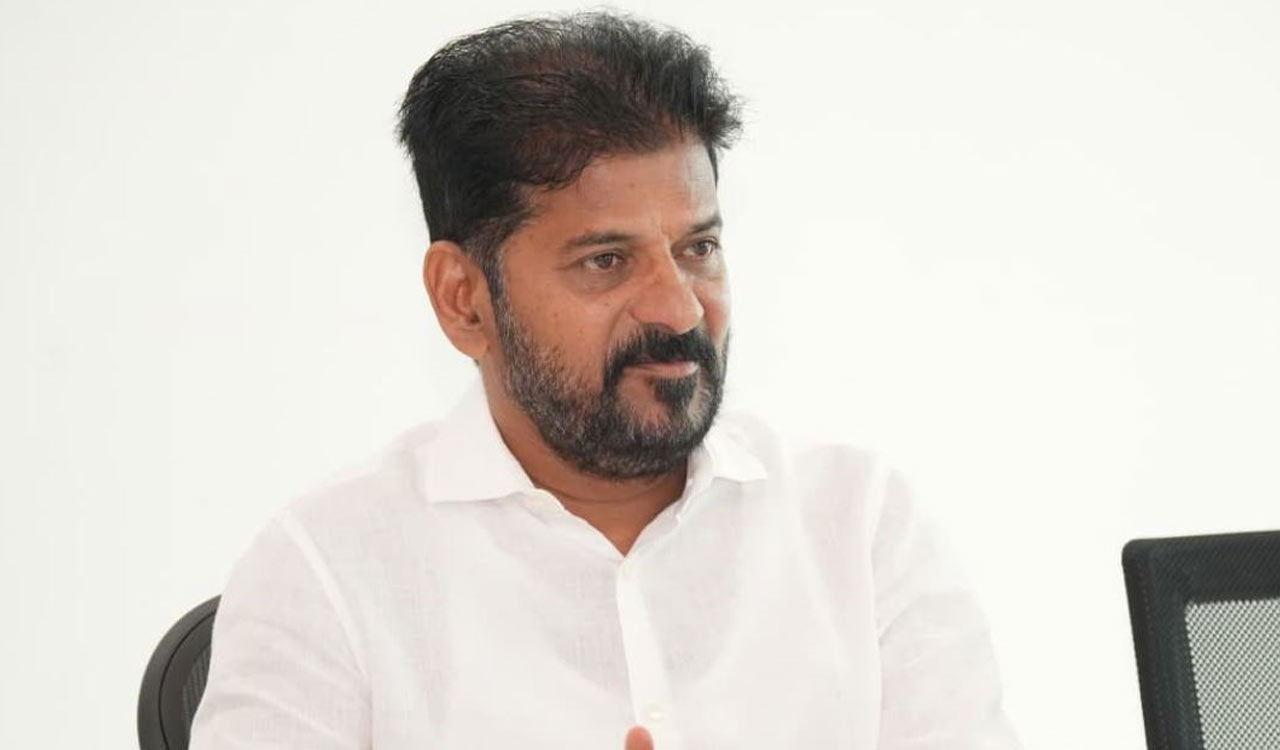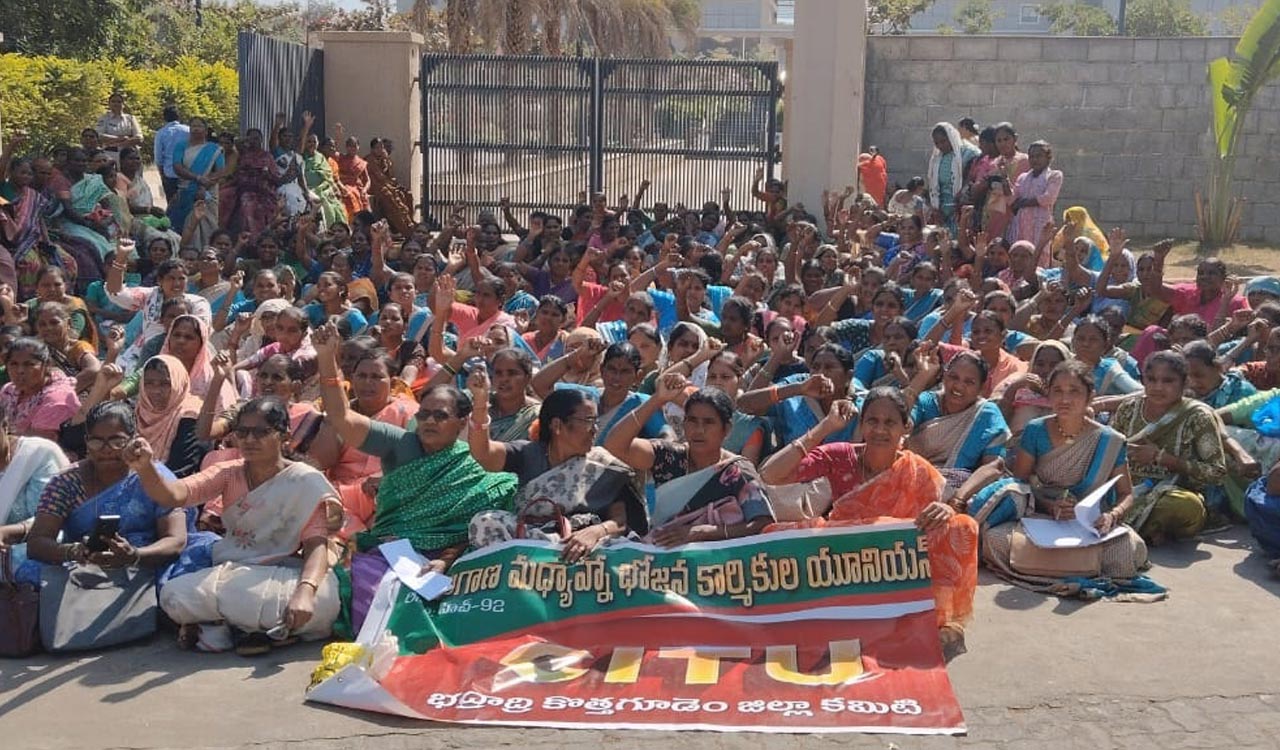Opinion: AP’s capital dream keeps crashing
There were many successful models for AP to follow while building its capital, but it chose a path that makes the capital elusive.

By JR Janumpalli
It is over eight years since the united Andhra Pradesh was divided, yet the residual AP is not able to establish its capital. About 15 new States were created after independence, in 1947, but there was no such long-drawn dispute over the capital in those States. In the case of AP, it has been made so complicated that it looks like they cannot come out of it even in the next few years.
It all started in 1953. The Andhra region, even before the States Reorganisation Commission took shape, separated from the erstwhile Madras state. It aspired to get Madras city as its capital but failed. It could have worked on a plan B of having Madras as a joint capital, like Chandigarh, as Madras was on the border of the two States. It could have settled the capital issue and the State’s revenue problem. It was a big miscalculation on the part of Andhra, which is affecting it even today.
Persisting Problem
They chose Kurnool as capital and suffered heavily with a revenue deficit, from 1953 to 1956. Then, taking advantage of the SRC and manipulating the Centre, they gatecrashed into Hyderabad state. It solved its capital and deficit revenue problems with Hyderabad city as capital and the surplus revenue of Hyderabad state. But the merger started another inequity between Andhra and Telangana regions in the united State, which prolonged for 58 years till they were demerged in 2014.
The demerger brought out the two old problems of capital and the revenue deficit, which were kept submerged in the united State. The State is getting revenue deficit grants from the Centre and somehow managing the deficit. But the capital issue is not getting solved. It has become intractable because of irreconcilable sectarian politics on it in the State. Unfortunately, political parties of the State have taken an adversarial position on the all-important capital issue and pushed it into an unmanageable awkward situation.
Several Precedents
In fact, there were several precedents in the country on capital cities of new States. The division of Bombay-Gujarat resulted in a moderate Gandhinagar as the capital for Gujarat, not another Bombay-like city. Madhya Pradesh ceded Nagpur, the 2nd tier city capital, to Maharashtra and chose Bhopal as its capital. Assam gave up its capital Shillong to Meghalaya and built Dispur as its own capital near Guwahati. Chhattisgarh built an integrated capital in Naya Raipur.
Other new States too settled into their capital towns as per their circumstances and requirements. There was no such fractious controversy as in AP. Moreover, there is no need for it as AP has several large towns and also large government land areas at many places to make a new capital.
The Centre offered to help residual AP with the selection of capital location and also financial aid to construct government infrastructure. Accordingly, the Sivaramakrishnan Committee toured the State and recommended a few places for the capital to be built on government lands. But the maiden government did not even consider the report. Instead, it decided to build the capital in and around Amaravati in Guntur district acquiring about 35,000 acres in 30 villages, in a bizarre land pooling system of complicated financial implications. The matter was steamrolled in the Assembly.
The Central committee report was not placed in the Assembly even for a cursory discussion. The opposition did not demand for it. It was a bad legislative action. Civil society also did not react. The report contained some very sensible recommendations, in keeping with the situation of the new State. But all were thrown to the wind and an outlandish world capital concept was created, which was way beyond the requirement of the State. The Centre’s promised assistance was limited to the bare minimum of government capital-building infrastructure. There was no FDI, as was overly advertised. So the whole project has come unstuck because of its bad conception and impracticability.
The TDP government was trounced at the hustings in 2019. Though the YSRCP won the massive mandate, it was left with an escalating deficit budget and a rolling stone like the Amaravati project. The new government contemplated some changes in the project and brought in its own peculiar three-capital concept, which again brought several twists to the story via politics and judiciary. The objective of this government of making Visakhapatnam the administrative capital, Kurnool the judicial capital and leaving Amaravati as the legislative capital, is hanging in the air.
Unpractical Alternative
They could have followed any of the earlier instances of capital selection, like building a new capital near a city or town(s), as in the government lands in between Vijayawada and Guntur or near Tirupati. Or chosen Vizag, the 10th largest city in the country by GDP with considerable urban infrastructure. Or a greenfield city in a place like Donakonda with plenty of government lands and situated in the middle of the State, to expand into a big city in future. It could have made the State afford the requisite capital infrastructure in the government lands, without much financial difficulty.
Instead, they chose the most fertile private land with a prohibitive financial implication, which the state could not afford. And it has some serious technical and environmental issues to contend with. The NGT has imposed several conditions, which will make the completion of the project very difficult.
The three-capital concept is also not a very practical alternative. Decentralisation of development based on spreading capital infrastructure does not make much sense. Here, the Hyderabad example is also not appropriate because there was no centralised capital building in Hyderabad after 1956. Almost all the capital infrastructure was built before 1956. In a television discussion, it was said that if AP goes ahead with Amaravati it would require Rs 1 lakh crore and if it abandons Amaravati, the State may need to pay Rs 12,000 cr compensation. Even if the three-capital plan is upheld by the Supreme Court, it will be as daunting as building Amaravati because of the compensation conundrum.
It is a dicey situation to comprehend what will happen to AP’s capital plan. It is not known when will it be solved and brought to its logical end. This is the result of the lack of egalitarian interest in the State’s future and the egocentric political shenanigans by the caste and region-polarised political parties.

(The author is a freelance journalist)
Related News
-
Revanth Reddy asks unemployed youth to grab opportunities in private sector
-
Kothagudem: Mid-day meal workers demand Cong Govt to clear salaries and bills overdue for eight months
-
Rashmi Perumal takes charge as Siddipet Police Commissioner
-
Telangana shivers: Kohir records low of 5.6 degree Celsius on Friday, chilly and foggy weather to persist through Sankranti
-
South Central Railway steps up measures for Sankranthi passenger surge
12 mins ago -
Amit Shah launches national IED data platform to counter terror
28 mins ago -
BRS steps up municipal poll preparations as KTR holds district-wise meetings
32 mins ago -
Madras High Court orders CBFC to grant censor certificate to Jana Nayagan
43 mins ago -
Revanth conspired to dissolve Siddipet district: Harish Rao
47 mins ago -
Congress claims Modi government easing curbs on Chinese firms
56 mins ago -
Hyderabad Police launch ‘C-Mitra’ to enable cybercrime victims to register FIRs from home
1 hour ago -
Two Nigerian nationals held with MDMA worth Rs 20 lakh in Hyderabad
1 hour ago




